As someone deeply immersed in the world of cybersecurity, I’ve been watching the rise of Artificial Intelligence (AI) with a mix of awe and a healthy dose of strategic concern. It’s clear that AI isn’t just a buzzword anymore; it’s rapidly reshaping every industry, and cybersecurity is right at the forefront of this transformation. For us, the Chief Information Security Officers (CISOs), 2025 isn’t just another year on the calendar—it’s the year AI truly steps into the spotlight, both as our most powerful ally and our most formidable adversary. In this deep dive, I want to explore what 2025 holds for the CISO. How will AI change how we protect our organizations? What new challenges will we face? And most importantly, what do we need to do right now to prepare for this AI-powered future? Let’s break it down AI Impact on the CISO Role.
I remember when “cybersecurity” was a niche term, mostly about firewalls and antivirus. Fast forward to today, and we’re dealing with global ransomware attacks, sophisticated nation-state threats, and a constant cat-and-mouse game with increasingly clever attackers. Now, imagine adding AI into that mix. It’s like strapping a rocket booster to both sides of the battle. This isn’t just about adopting new tools; it’s about fundamentally rethinking our strategies, our teams, and even our own roles.
Table of Contents
Key Insights
Here’s a quick summary of what we’ll cover regarding AI’s impact on the CISO role in 2025:
- AI is a Double-Edged Sword: It will empower both defenders and attackers, making the threat landscape more complex and dynamic.
- CISOs Must Become AI Strategists: Understanding AI’s capabilities, risks, and ethical implications will be as crucial as traditional security knowledge.
- Automation is Key to Scale: AI will automate routine tasks, freeing security teams to focus on strategic initiatives and complex threats.
- New Skills are Non-Negotiable: CISOs and their teams will need to develop expertise in AI governance, data ethics, and prompt engineering.
- Human Oversight Remains Paramount: Despite AI’s power, human judgment, critical thinking, and ethical decision-making will continue to be irreplaceable.
The AI Revolution: A CISO’s Perspective
From where I stand, the AI revolution isn’t just coming; it’s already here, and it’s accelerating. We’ve seen glimpses of its power in advanced threat detection systems and automated incident response tools. But in 2025, I expect AI to be deeply embedded in almost every aspect of our security operations, fundamentally changing how we approach information security.
AI as the Attacker’s New Weapon
Let’s start with the bad news first, because understanding the threat is always step one. Attackers are incredibly innovative, and they’re not waiting for us to figure out AI. They’re already using it to make their attacks more potent and harder to detect.
Think about it:
- Hyper-Realistic Phishing: AI can generate incredibly convincing phishing emails, voice calls (vishing), and even deepfake videos that mimic executives. These aren’t just generic scams; they’re personalized, grammatically perfect, and contextually relevant, making them much harder for employees to spot. Imagine an AI-generated email from your CEO, perfectly mimicking their writing style, asking for an urgent wire transfer. Scary, right?
- Automated Exploit Generation: AI models can analyze vulnerabilities faster than any human. They can potentially identify weaknesses in code and even generate exploit code automatically. This means zero-day vulnerabilities, like the Fortinet zero-day vulnerability we’ve seen, could be discovered and exploited by attackers at an unprecedented pace.
- Advanced Malware and Polymorphism: AI can create malware that constantly changes its signature, making it incredibly difficult for traditional antivirus software to detect. This “polymorphic” malware can adapt and evolve in real-time, bypassing defenses that rely on known threat signatures.
- AI-Powered Reconnaissance: Attackers can use AI to scour public data, social media, and dark web forums to gather intelligence on targets, identify key personnel, and map out network infrastructures with incredible efficiency. This makes their initial penetration attempts much more targeted and effective.
- Ransomware 2.0: We’ve already seen the devastating impact of ransomware, like the ICBC Bank ransomware attack. Now, imagine AI-driven ransomware that can learn your network’s defenses, identify the most critical data, and adapt its encryption and exfiltration methods to maximize damage and leverage. It could even negotiate directly with victims using AI-powered chatbots, making the entire extortion process more “efficient” for the criminals.
The game isn’t just about defending against known threats anymore. It’s about anticipating how AI will empower the next generation of attacks.
AI as the CISO’s Superpower
But it’s not all doom and gloom! AI is also our most promising tool in the fight against these evolving threats. As CISOs, our job is to harness this power to protect our organizations more effectively.
Here’s how AI will become our superpower in 2025:
Enhanced Threat Detection and Analysis:
- Behavioral Analytics: AI can learn what “normal” network behavior looks like. When something unusual happens—a login from a strange location, a sudden large data transfer, an employee accessing unusual files—AI can flag it instantly, often before human analysts even notice. This helps us catch sophisticated attacks that bypass traditional signature-based detection.
- Predictive Threat Intelligence: AI can analyze vast amounts of global threat data, identify emerging attack patterns, and even predict potential future attacks. This proactive intelligence allows us to fortify our defenses before an attack hits.
- Vulnerability Management: AI can rapidly scan and analyze code, systems, and configurations to identify vulnerabilities far more efficiently than manual processes. This means we can patch and secure our systems faster, reducing our attack surface.
Automated Incident Response (AIR):
- Faster Containment: When an incident occurs, time is of the essence. AI can automatically isolate compromised systems, block malicious IP addresses, and revoke credentials, dramatically speeding up containment efforts.
- Root Cause Analysis: AI can sift through logs and event data from countless sources to quickly pinpoint the root cause of an incident, helping us understand how an attack happened and prevent future occurrences.
- Automated Playbooks: For common incidents, AI can trigger pre-defined response playbooks, ensuring consistent and rapid action, even when human analysts are overwhelmed.
Security Operations Center (SOC) Augmentation:
- Alert Prioritization: SOCs are often flooded with alerts. AI can help prioritize these, filtering out false positives and highlighting the most critical threats, allowing human analysts to focus their energy where it’s most needed.
- Reduced Alert Fatigue: By automating the initial triage and investigation of alerts, AI can significantly reduce the “alert fatigue” that often plagues SOC teams, leading to more engaged and effective analysts.
- Enhanced Forensics: AI can accelerate forensic investigations by rapidly analyzing large datasets, identifying anomalies, and correlating seemingly unrelated events to reconstruct attack timelines.
Compliance and Governance Automation:
- Automated Policy Enforcement: AI can monitor systems and data flows in real-time to ensure compliance with internal policies and external regulations like the Digital Personal Data Protection Act.
- Audit Readiness: AI can automate the collection and analysis of data required for audits, making compliance checks faster and less resource-intensive.
- Data Classification: AI can automatically classify sensitive data, ensuring it’s handled according to its classification level and protected appropriately.
The AI Impact on the CISO Role: From Defender to AI Strategist
This brings me to the core of the matter: what does all this mean for my role, and for yours, as a CISO in 2025? It’s not just about adopting AI tools; it’s about fundamentally shifting our mindset and expanding our skill sets.
Here’s how I see the CISO role transforming:
Strategic AI Adoption & Governance:
- AI Risk Assessment: My team and I will need to deeply understand the risks associated with using AI, including bias, data privacy, explainability (can we trust the AI’s decisions?), and potential for misuse.
- Developing AI Security Policies: We’ll be responsible for creating and enforcing policies around the ethical and secure use of AI within the organization, both for security operations and for other business functions that adopt AI.
- Vendor Management for AI Solutions: Evaluating AI-powered security products will require new criteria. We’ll need to scrutinize their underlying models, data sources, and transparency.
Data-Centric Security Leadership:
- AI thrives on data. As CISOs, we’ll become even more focused on data governance, ensuring data quality, availability, and security for AI models. This includes managing vast lakes of security telemetry and ensuring its integrity.
- We’ll need to champion a “data-first” security approach, recognizing that the better our data, the smarter and more effective our AI defenses will be.
Upskilling the Security Team:
- My team will need new skills. This isn’t just about hiring AI experts; it’s about training existing security analysts to work with AI. This includes understanding AI outputs, performing “prompt engineering” for security tools, and validating AI decisions.
- We’ll need to foster a culture of continuous learning, embracing new technologies and methodologies. Is cybersecurity for anyone? Yes, but continuous learning is key, especially with AI. Learn more about entering the digital defense frontier in 2025.
- Table: Key Skills for CISOs and Security Teams in 2025
| Skill Area | Description | Why it’s Important |
|---|---|---|
| AI/ML Fundamentals | Basic understanding of how AI and Machine Learning models work, their limitations, and common algorithms. | To effectively evaluate, deploy, and manage AI security tools. |
| Data Science & Analytics | Ability to interpret large datasets, identify patterns, and understand data quality. | AI relies on data; understanding it helps in feeding and evaluating AI models. |
| AI Ethics & Governance | Knowledge of ethical considerations, bias detection, privacy implications, and regulatory frameworks related to AI. | To ensure responsible and compliant use of AI in security and across the organization. |
| Prompt Engineering | Skill in crafting effective queries and instructions for large language models (LLMs) used in security contexts. | To get the most accurate and useful output from AI assistants and tools. |
| Risk Management (AI-specific) | Assessing risks introduced by AI systems, including model drift, adversarial attacks on AI, and over-reliance. | To proactively identify and mitigate new categories of AI-related security risks. |
| Cloud Security (Advanced) | Deep understanding of cloud architectures and security, as many AI solutions are cloud-native. | Essential for securing AI workloads and data in modern cloud environments. |
| Critical Thinking & Human Oversight | Ability to critically evaluate AI outputs, identify false positives/negatives, and make judgment calls where AI falls short. | AI augments, not replaces; human oversight is crucial for complex and ethical decisions. |
Championing AI Integration Across the Business:
- As CISOs, we won’t just secure AI; we’ll advise other departments on securely adopting AI in their operations. This means collaborating with legal, engineering, and product teams to embed security by design into all AI initiatives.
- We’ll need to educate the board and senior leadership on the opportunities and risks of AI from a security perspective.
Challenges and Pitfalls: What Keeps Me Up at Night
While I’m excited about AI’s potential, I also recognize the significant hurdles we’ll face. These are the things that keep me thinking late into the night:
- The AI Arms Race: The speed at which both attackers and defenders adopt AI means the landscape will change constantly. Keeping up will be a monumental challenge. It’s a race we can’t afford to lose.
- Data Quality and Bias: AI models are only as good as the data they’re trained on. If our security data is incomplete, noisy, or biased, our AI defenses could be ineffective or even make incorrect decisions, leading to blind spots or false positives.
- Explainability (The “Black Box” Problem): Sometimes, AI makes decisions that are hard for humans to understand. If an AI system flags a legitimate user as a threat, or misses a real attack, how do we debug it? This “black box” problem can hinder incident response and audit trails.
- Over-Reliance and Complacency: There’s a risk that security teams might become too reliant on AI, leading to a decline in human critical thinking and vigilance. We must remember that AI is a tool, not a replacement for human expertise.
- Integration Complexity: Integrating diverse AI-powered security tools into existing infrastructure, and ensuring they communicate effectively, will be a significant technical challenge.
- Cost and Resources: Implementing and maintaining advanced AI security solutions can be expensive, requiring significant investment in technology, infrastructure, and skilled personnel.
- Ethical Dilemmas: As AI becomes more autonomous, ethical questions arise. What if an AI makes a decision that has unintended consequences, like shutting down a critical system based on a false positive? Who is accountable?
AI won’t replace CISOs, but CISOs who don’t embrace AI will be replaced.
Strategic Imperatives for CISOs in 2025: My Action Plan
Given these opportunities and challenges, here’s what I believe every CISO needs to prioritize as we head into 2025:
- Invest Smartly in AI-Powered Security Solutions:
- Don’t just buy the first AI tool you see. Do your research. Look for solutions that offer transparency, integrate well with your existing stack, and have clear ROI. Focus on areas where AI can provide the most leverage, like threat detection, vulnerability management, and automated response.
- Consider AI for niche areas too, such as protecting encrypted apps amid cyberattacks or enhancing the security of your critical infrastructure.
- Build an AI-Ready Security Team:
- Start training your team now on AI fundamentals, data science basics, and the ethical implications of AI.
- Foster a culture of experimentation and continuous learning. Encourage your team to play with AI tools safely and understand their capabilities and limitations.
- Consider bringing in specialized AI security talent, or partnering with external experts to bridge knowledge gaps.
- Develop Robust AI Governance Frameworks:
- Establish clear policies for the secure and ethical use of AI within your organization. This includes data privacy, bias mitigation, accountability, and explainability.
- Implement strong data governance practices to ensure the quality and security of data used to train and operate AI models.
- Work closely with legal and compliance teams to ensure your AI strategies align with evolving regulations.
- Embrace Automation and Orchestration:
- Leverage AI to automate repetitive, low-value tasks. This frees up your human analysts to focus on complex investigations, strategic planning, and threat hunting.
- Invest in Security Orchestration, Automation, and Response (SOAR) platforms that can integrate with AI tools to create powerful, automated workflows.
- Foster Collaboration and Knowledge Sharing:
- The AI security landscape is too vast for any single CISO or organization to master alone. Engage with industry peers, participate in threat intelligence sharing groups, and collaborate with vendors.
- Internally, break down silos between security, data science, and engineering teams. AI success requires cross-functional collaboration.
- Maintain the Human Element:
- While AI is powerful, it cannot replace human intuition, critical thinking, ethical judgment, or the ability to handle truly novel threats.
- Ensure your security operations maintain a “human-in-the-loop” approach, where AI provides insights and automation, but humans retain ultimate oversight and decision-making authority.
- Remember that even with AI, the fundamentals of cybersecurity for businesses remain crucial.
The Future is Bright, But Demanding
As we look towards 2025, I’m genuinely excited about the possibilities AI brings to cybersecurity. It offers us the chance to move from reactive defense to proactive prediction, from manual drudgery to intelligent automation. It empowers us to fight fire with fire, using advanced technology to counter advanced threats.
However, this future is also demanding. It requires us to evolve, to learn new skills, and to embrace a level of complexity we haven’t seen before. My role, and yours, as a CISO will be less about simply “blocking and tackling” and more about strategic leadership, risk management in an AI-driven world, and fostering innovation within our security teams.
The CISOs who thrive in 2025 will be those who not only understand the technical intricacies of AI but also its ethical implications, its strategic value, and its potential to reshape the very fabric of our digital defenses. It’s a challenging, yet incredibly rewarding journey, and I’m ready for it. Are you?
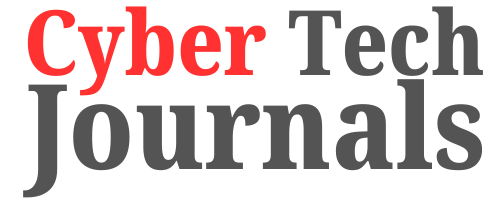
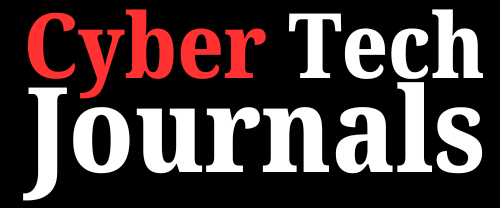
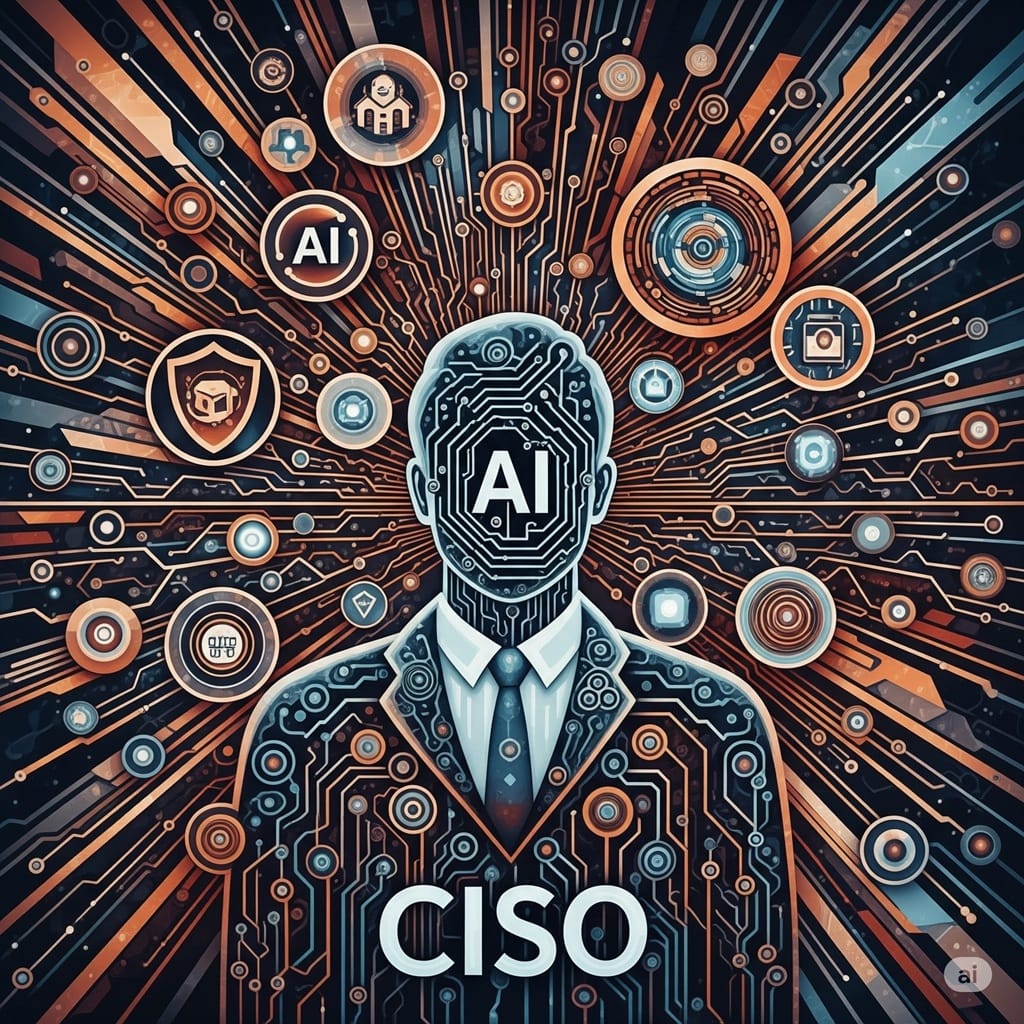

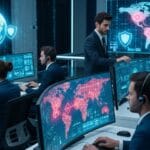
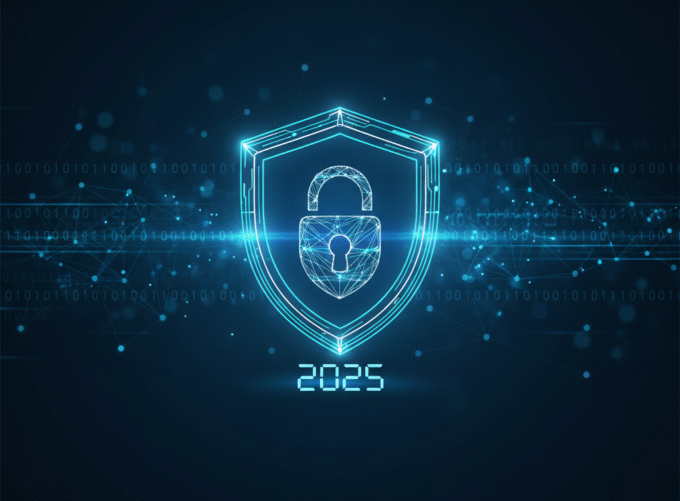

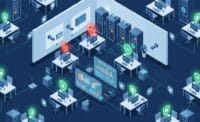
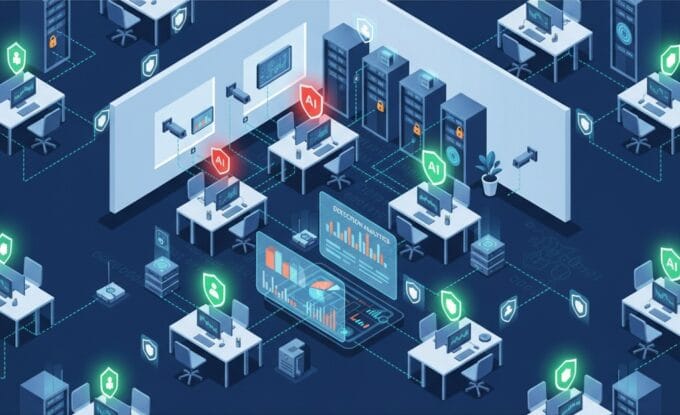

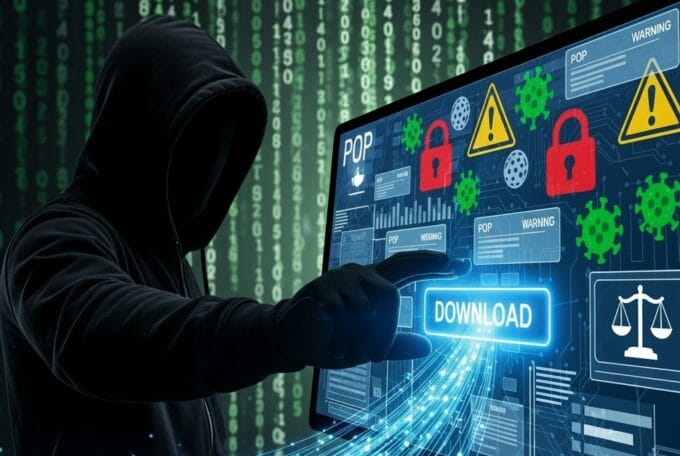





Leave a comment